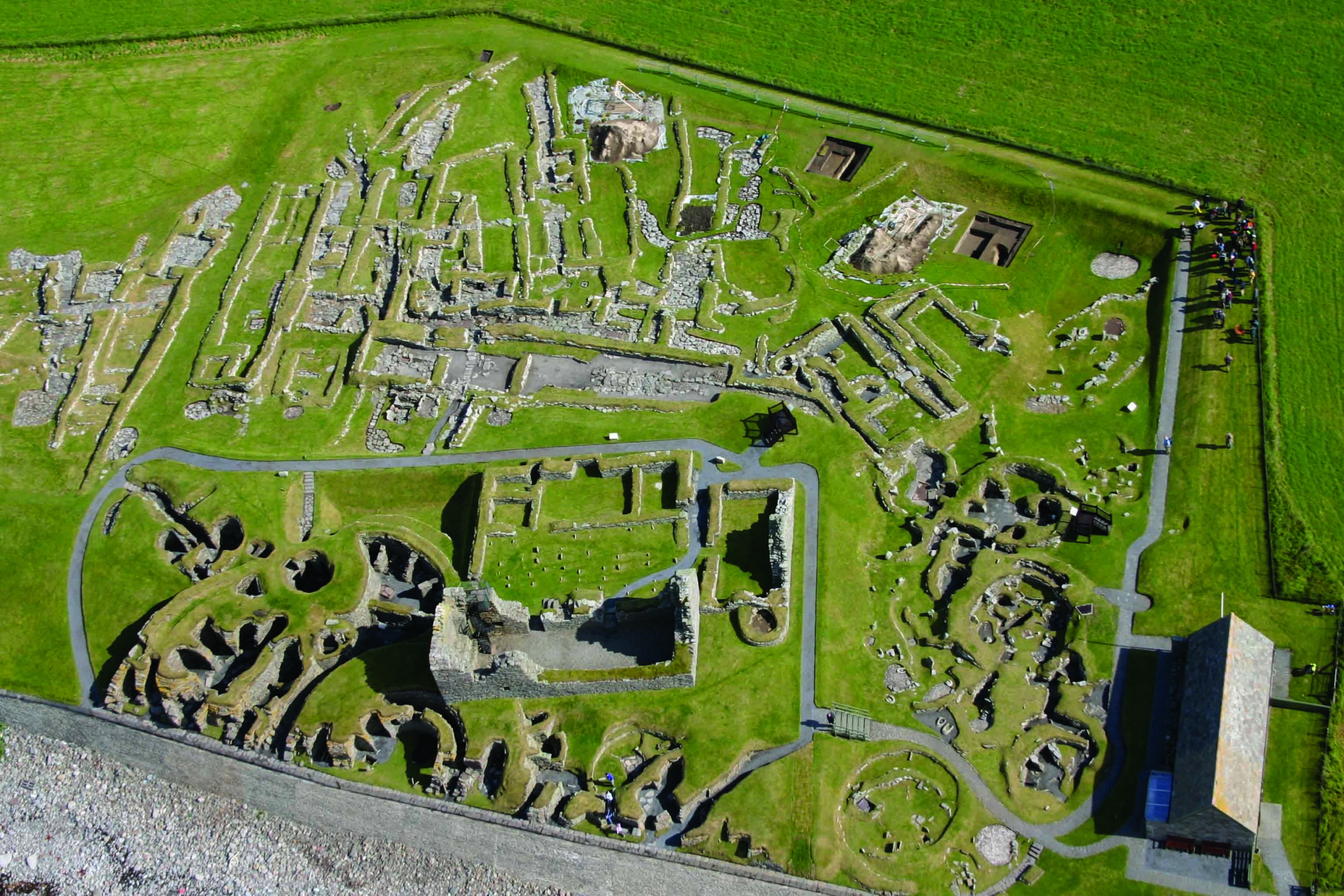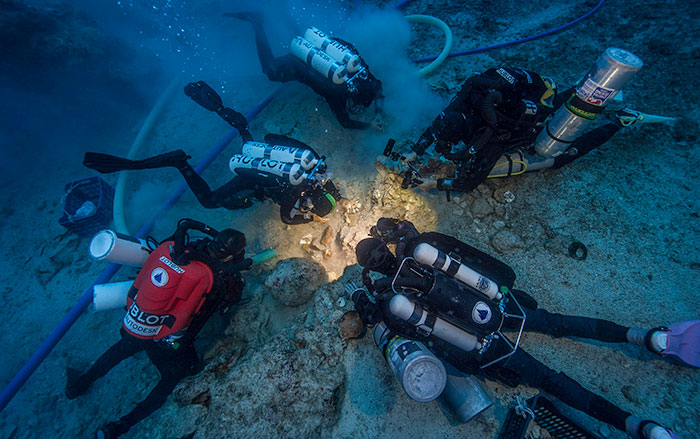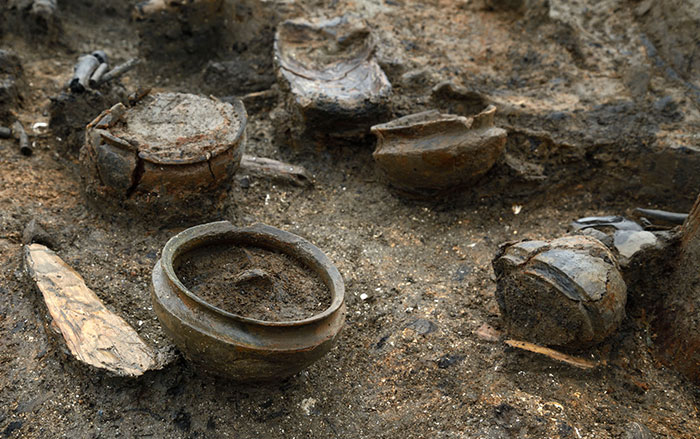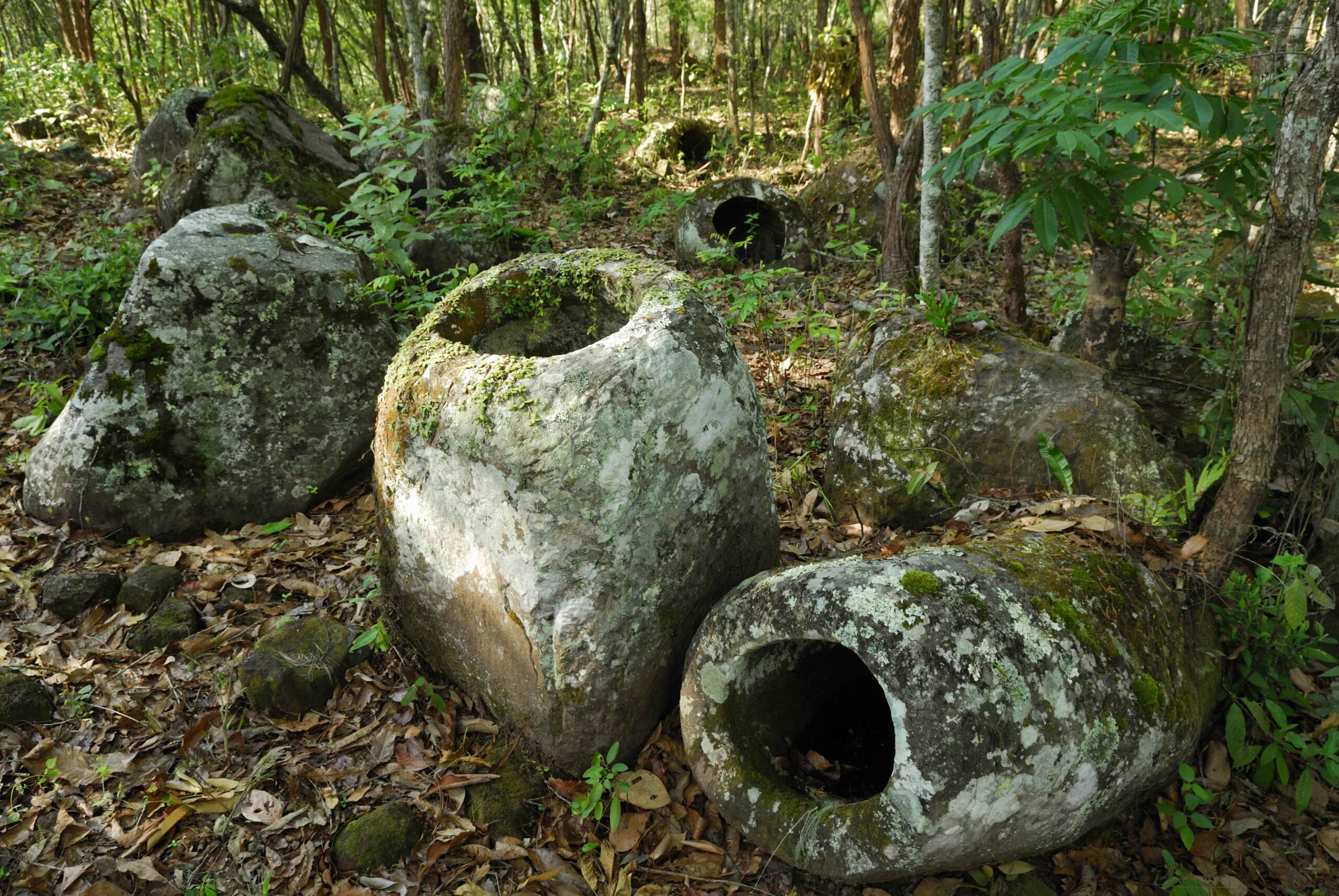
CAITHNESS, SCOTLAND—BBC News reports that pollen from medicinal and flowering plants has been identified on a decorated beaker placed in a young woman’s grave some 4,100 years ago. Dubbed “Ava,” the woman’s remains were unearthed 30 years ago at Achavanich, a site known for its megalithic horseshoe-shaped structure. “Of the pollen recovered the majority were from trees and shrubs including birch, pine—most likely Scots pine—hazel and alder,” said archaeologist Maya Hoole. Traces of heather, grasses, meadowsweet, and St. John’s wort were also found in the grave. Stable isotope analysis of Ava’s bones indicates that she lived in the area. For more on archaeology in Scotland, go to “Neolithic Europe's Remote Heart.”











